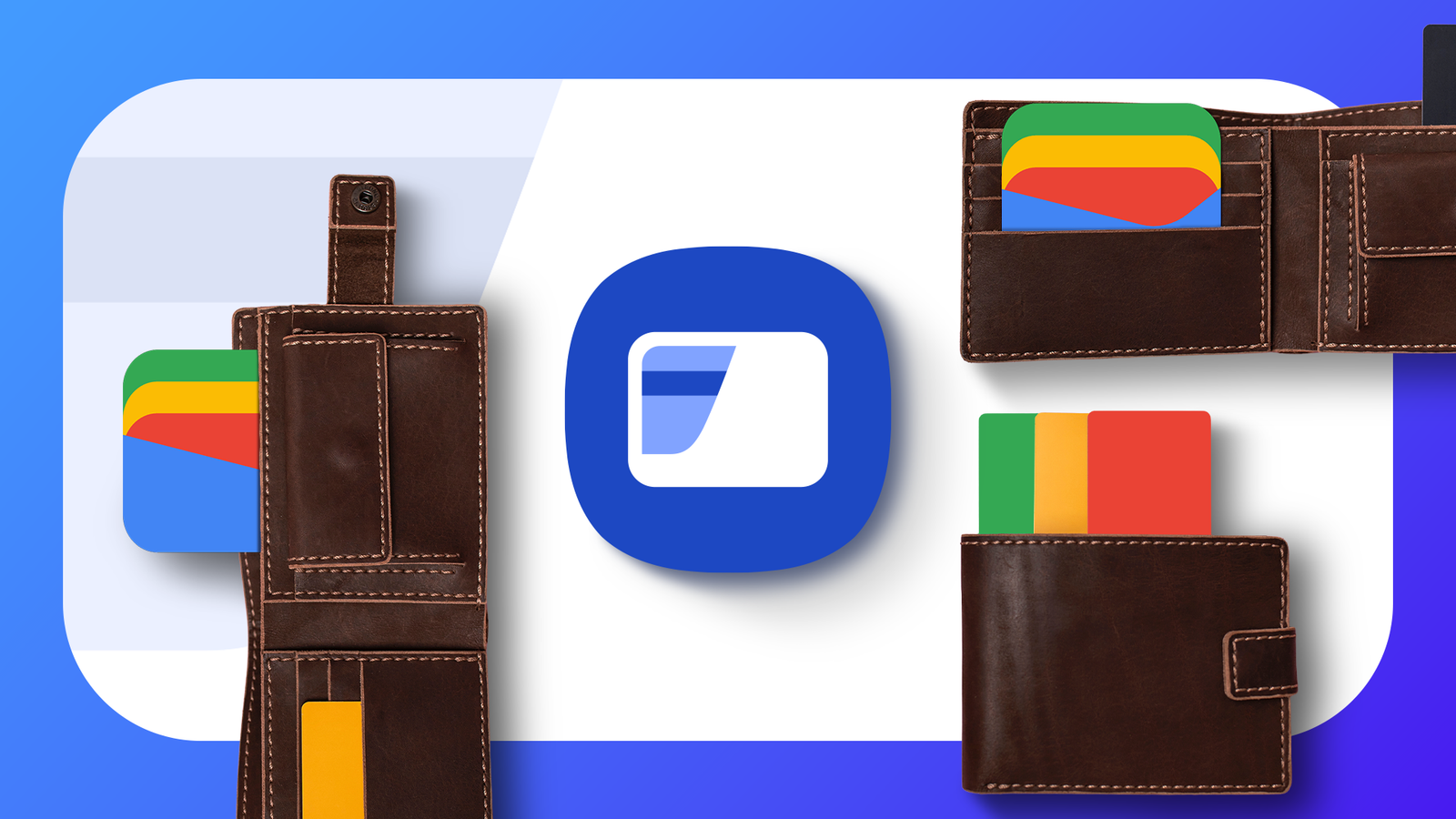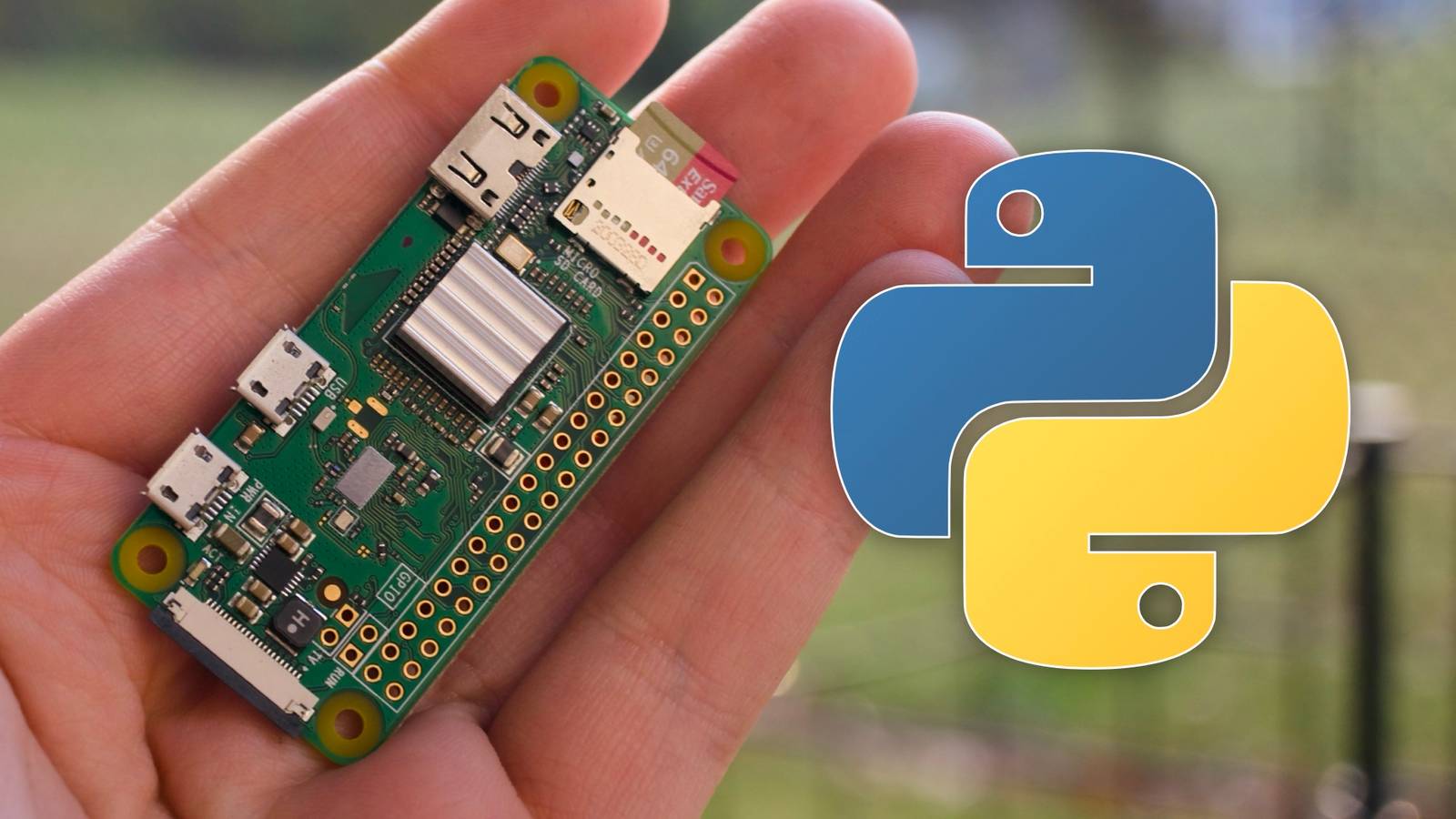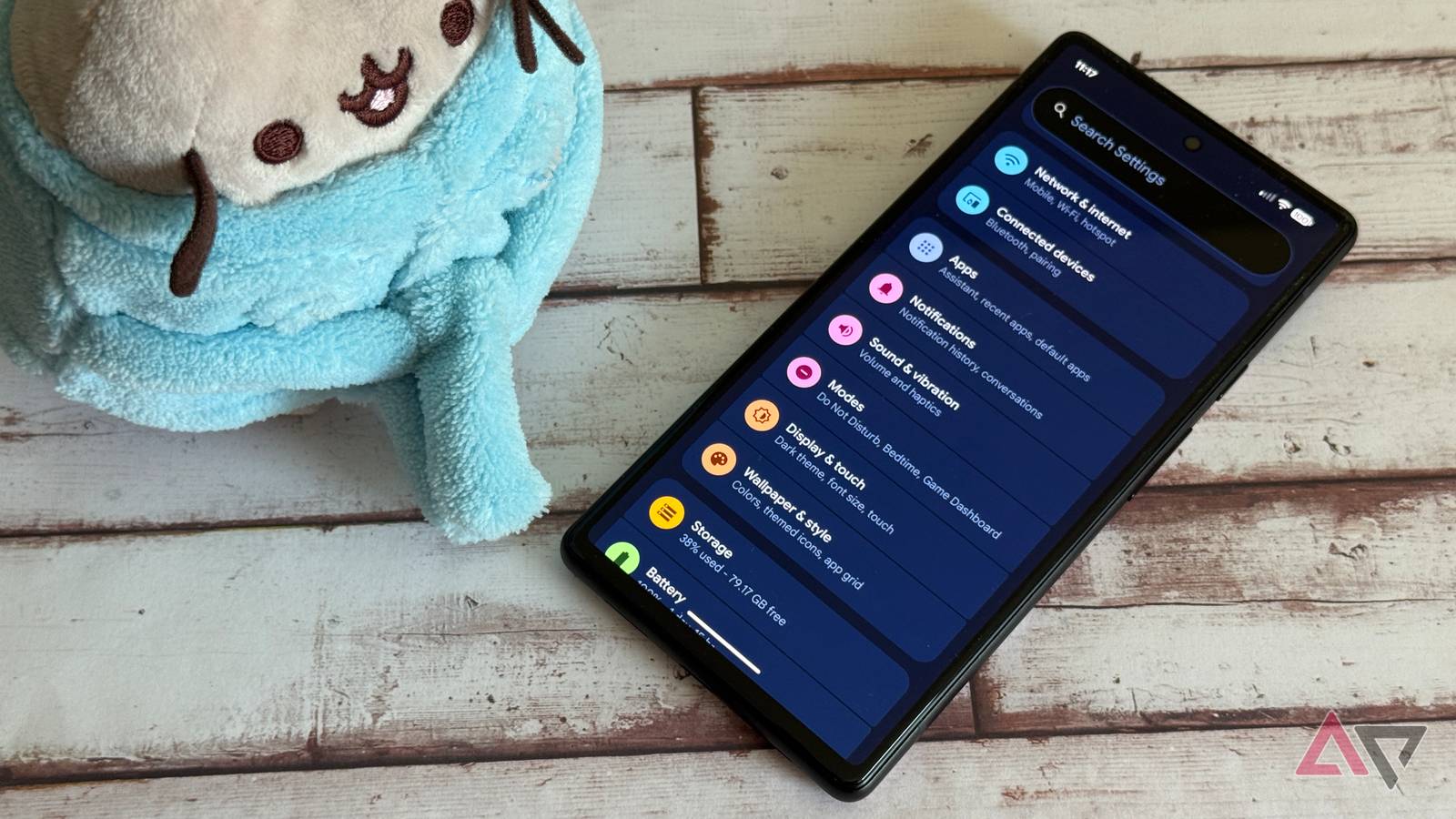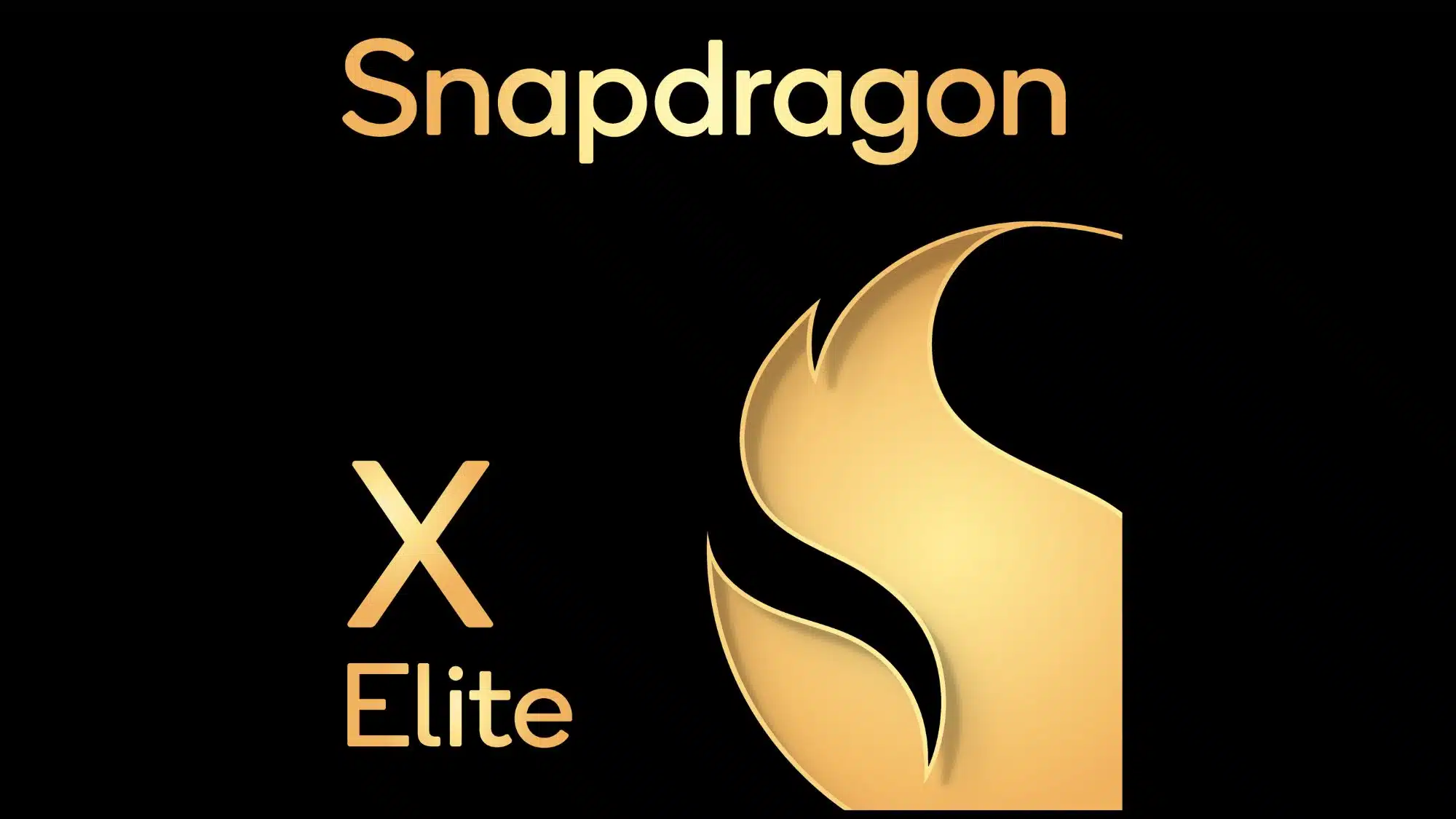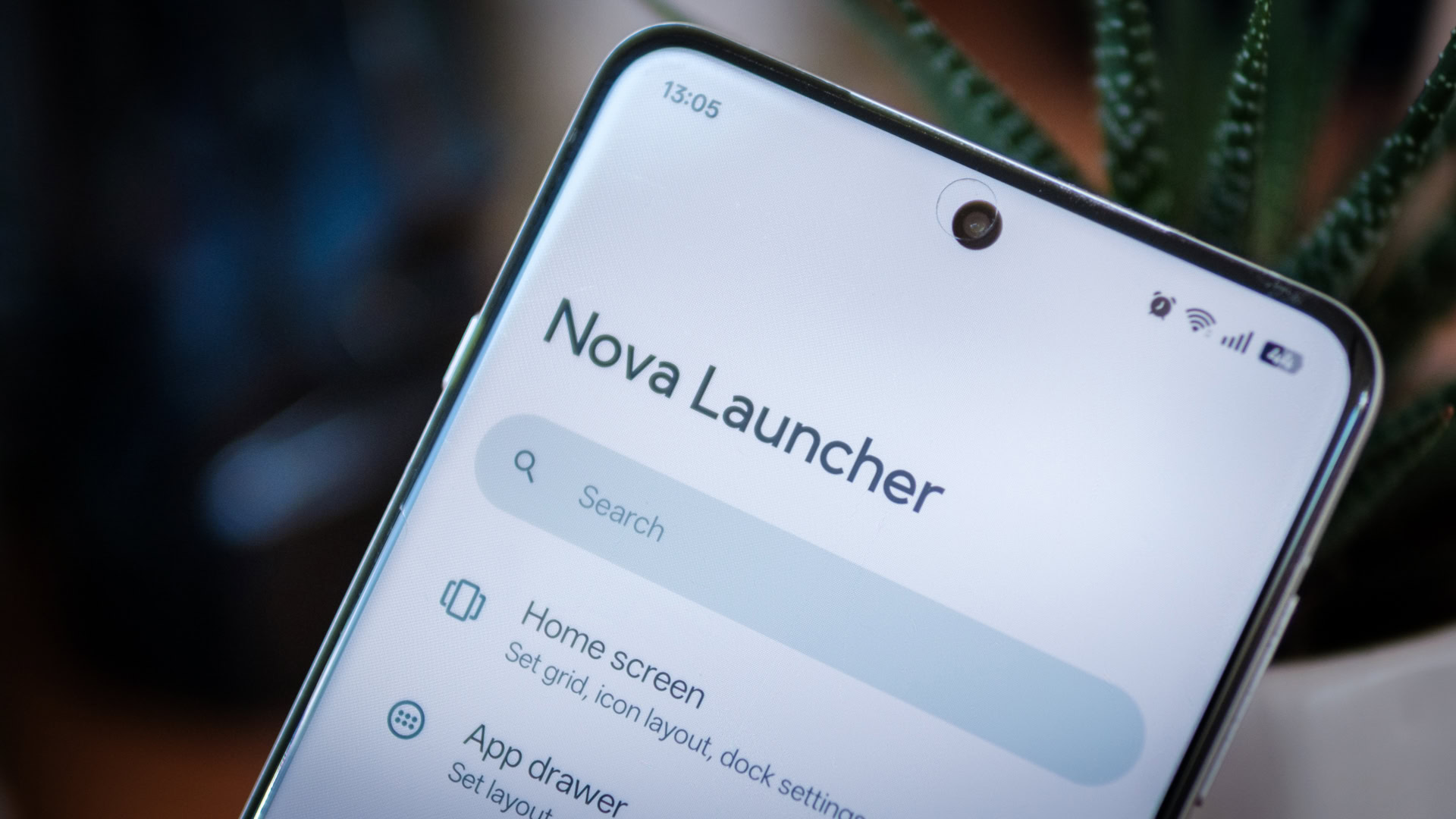The Samsung Galaxy S21 is perhaps the first Android phone I’ve kept this long, even though it’s not in great condition. This is partly because I’ve gotten used to some of its features and can’t find suitable alternatives.
Samsung Wallet is one such feature and I rely on it a lot for making payments. Thanks to Samsung for this, but I try to stay platform agnostic and switch between products for the same purpose.
I switched to Google Wallet and used it for a few months for this very reason. Google Wallet delivered more than I expected, but it still can’t replace Samsung Wallet for me. I blame Google more than Samsung for this.
Google Wallet almost made me forget about Samsung Wallet, but it ultimately failed for reasons that should have been fixed a long time ago.
Here’s what Samsung Wallet does that Google Wallet doesn’t.
Samsung Wallet looks like a complete payment solution
The technology that works behind the scenes to make payments possible is pretty much the same in Samsung Wallet and Google Wallet.
They both rely on tokenized payments, require biometric authentication, support digital IDs and passes, and can hold digital car keys. However, that doesn’t mean they have the same strengths and weaknesses.
One of my main complaints with Google Wallet is its lack of support for peer-to-peer (P2P) payments. But this was not always the case.
You could send, request, or receive money from others in the United States before June 4, 2024. The company abandoned the P2P payments space and never reintroduced it to Google Wallet.
On the other hand, Samsung only entered P2P transactions in 2025 with the “Tap to Transfer” function.
You can transfer money from your Visa or Mastercard debit cards stored in Samsung Wallet to the recipient’s wallet app or physical debit card.
You don’t need to use Samsung Wallet to receive payments because “Tap to transfer” uses NFC to connect directly to the recipient’s card.
I use this feature every time I share my bills with my friends after dining out. If the recipient is a Galaxy Wallet user, it works even better.
You can make P2P transactions remotely if the recipient also uses Samsung Wallet, provided you have their phone number.
The money will be deposited directly into the bank account via the debit card on file.
Google Wallet feels stuck between two worlds
Google Wallet is available in over 80 countries, while Samsung Wallet only works in 29 countries. While this is a win for Google, its wallet app doesn’t work the same in all regions of the world.
For users in the United States, the Google Wallet app handles payment directly using the Google Pay payment system. It works without problems, even if you are not connected to the Internet when paying.
However, this is not the case everywhere. For example, in India and many other countries, Google Pay still exists as a standalone app for making payments.
In India, Google Wallet does not handle payments directly. Instead, it redirects to Tap & Pay from Google Pay. In other words, it needs another app to complete the payment process.
This wouldn’t be a problem for me on other non-Galaxy handsets if Google Pay worked offline. The Google Pay app will not open if you are not connected to the Internet.
So Google Wallet looks like two different apps, depending on where you live.
In some parts of the world it can handle offline payments easily, while in others it struggles to work without an internet connection.
Only Google Wallet’s dual personality is the cause of this inconsistency. Google Wallet deserves a more unified approach across regions.
Samsung Wallet is not for everyone
Google Wallet and Samsung Wallet work mostly the same, but their priorities aren’t always the same. That said, it’s not difficult to know which one to use.
One of Samsung Wallet’s biggest strengths is its integration with the Galaxy ecosystem. It can quickly make payments by swiping up from the bottom of your home screen or locking the screen on Galaxy handsets.
You can also use Samsung Wallet to make payments from your Galaxy Watch.
It is designed to work smoothly with Samsung-specific hardware. If you don’t have a Galaxy phone, you can’t use Samsung Wallet on your phone to make payments.
Although Google Wallet lags behind Samsung Wallet in some areas, one of the former’s biggest advantages is that you can install it on any Android phone that meets the minimum hardware and software requirements.
If you are a Samsung Galaxy user, the best payment app for you is Samsung Wallet. For all other Android devices, Google Wallet is a great choice for making fast, secure payments and storing essentials beyond credit cards.






